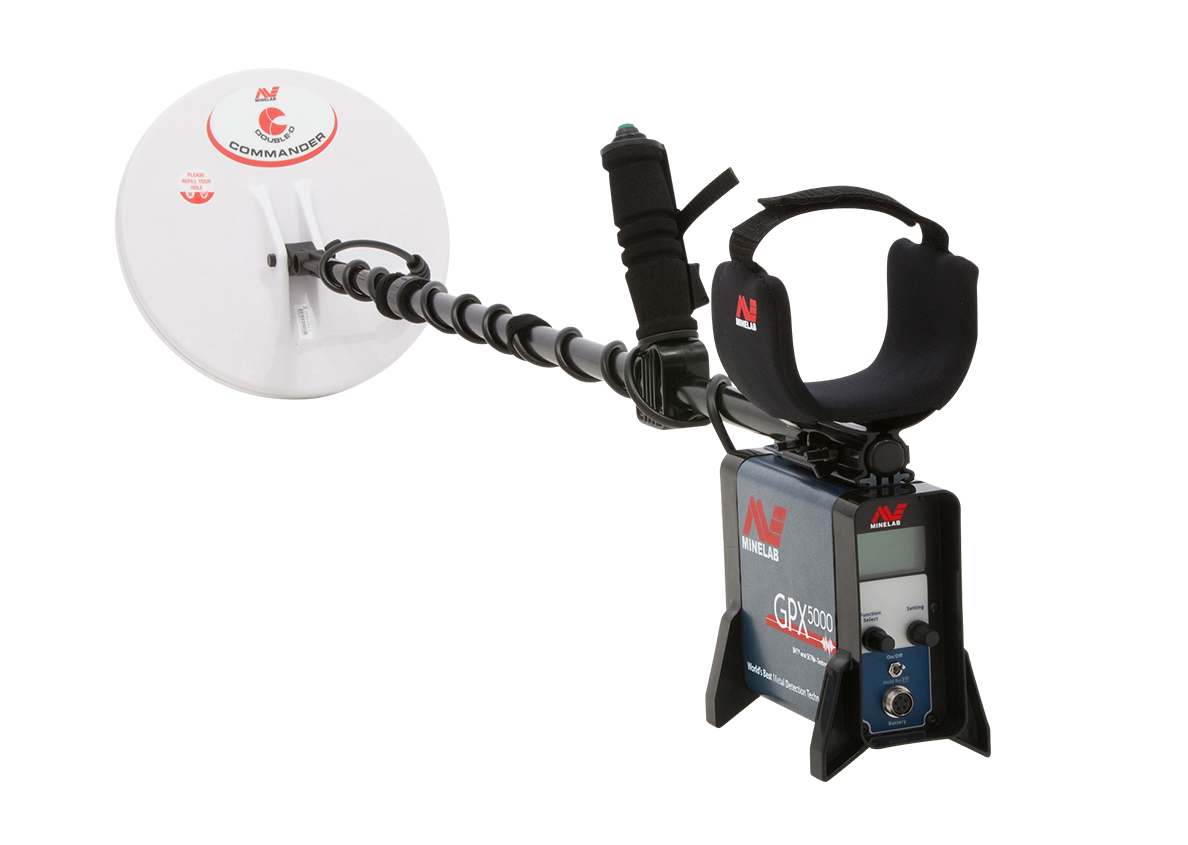I love testing new detectors, but having had so much success with the GPX-4500, I wondered, could we improve on it?
Well after many hours of product development, lots of fine tuning, countless hours of testing by internal and external testers, at locations all over the world, the GPX 5000 was perfected. I started testing simply by carefully burying a range of gold nuggets of different sizes at varying depths, and comparing the signal response of the GPX 5000 to the GPX-4500. So far so good, the GPX 5000 got everything the GPX-4500 did, and certain targets gave a much clearer signal in the new Fine Gold timing compared to Enhance on the GPX-4500. Two of the buried targets barely produced a response in Enhance, but in Fine Gold, the GPX 5000 sang out a faint but clear variation in the threshold, which to me says “DIG ME”.

Then came the real test, using the unit in some heavily worked spots that had produced gold in the past with the GPX-4500 – and those in the know will tell you the GPX-4500 is no slouch. Looking back through all my field testing notes is interesting, mainly the fact that in almost every location I tried the GPX 5000, I found at least a couple of nuggets. On one slope in the Adelaide Hills, which has some pretty bad ground, I had previously used the GPX-4500 here at least a dozen times for one measly piece, and had given up thinking the gold here was too deep and too small to pick up with a detector. Using the GPX 5000 here, I found two nuggets using the new Fine Gold Timing. Both were very flat, and looked much bigger than they weighed - I can only guess that the reason the GPX-4500 missed them was that they were sitting on edge, and the extra sensitivity of Fine Gold came into play.
In Victoria, on one of my favourite sets of diggings, several signals were marked whilst using Fine Gold, and then the GPX-4500 was put on, and out of 6 targets, the GPX-4500 produced a quieter less recognisable signal on 4 of them. So I dug them up and yes, I’m happy to say, three of the targets were nuggets! I repeated this in other spots of varying mineralisation, and the GPX 5000 showed its colours every time!
So, it looks as though my beloved GPX-4500 is about to get a well earned rest.
Nenad Lonic





















Comments
some of the minerals i've mentioned exist within hard granite rock and the cassiterite/tantalum crystals are found within pegmatite rock and thin alluvial veins.
you're advice is appreciated.
High frequency VLF's (like the Eureka Gold) are often preferred when searching for fine gold in quartz veins, but the gold has to be very close to the coil to generate a response.
Nenad